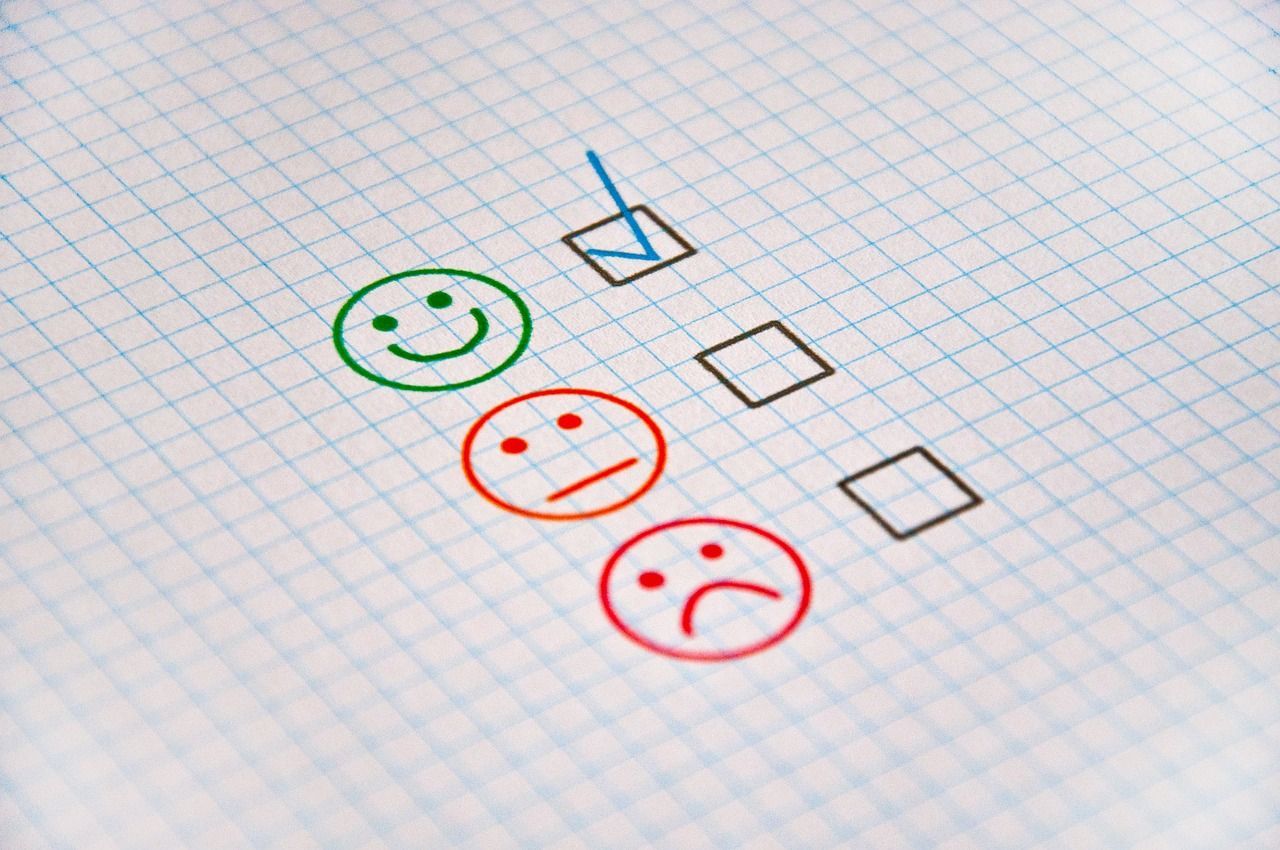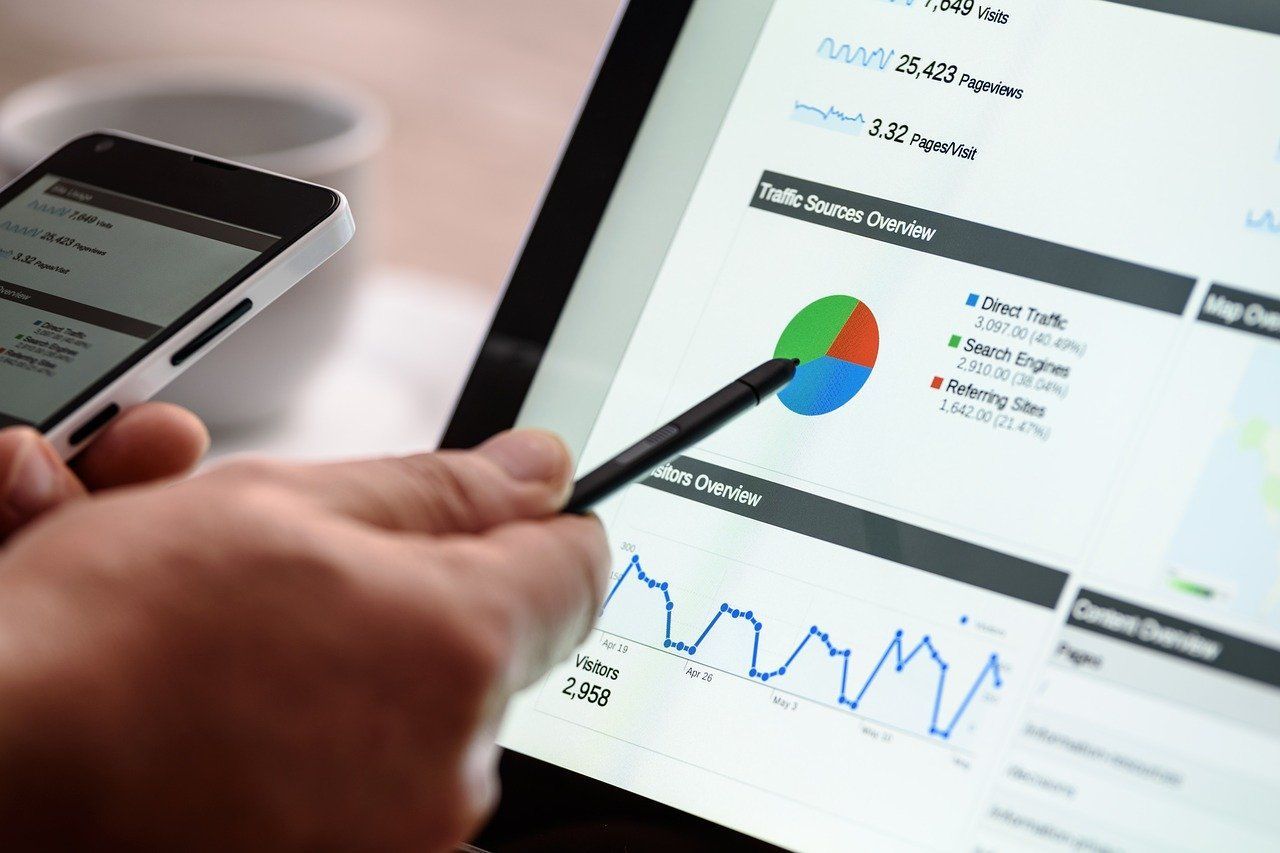What Is Paid Advertising? A Guide for Small Businesses
When it comes to promoting products and services, businesses have tons of options. One approach that works across industries, locations, and business sizes is paid advertising. If you aren’t already using paid ads, it’s probably time to consider it.
So what is paid advertising?
Paid digital advertising is when businesses pay a third-party platform to show their promotional content to its users. Sponsored search results, ads that play before online videos, and promoted social media posts — these are all types of paid advertising.
In this guide, you'll discover the ins and outs of paid advertising so you can leverage this marketing strategy to help your business grow.
Importance of Paid Advertising for Small Businesses
Paid advertising is one of the most effective tools business owners can use to reach potential customers and increase their sales, whether they operate a major enterprise or a small, growing brand.
Unlike many organic marketing approaches, paid advertising can deliver results quickly. Once you set up and fund a paid advertising campaign, your ad will go out to your target audience right away. Potential customers can view and interact with your ad without delay.
Digital paid advertising platforms are especially appealing to small businesses because they allow you to target your ads to the customers who are most likely to be interested. That way, you’re not wasting money advertising to people who had no chance of purchasing from your brand in the first place.
So paid advertising offers fast, cost-effective results, and since there are so many different types of digital advertising, you should have no trouble finding a tactic that fits your business's goals, target audience, and broader marketing strategy.
Types of Paid Advertising
You probably see dozens of examples of paid advertising every day without even realizing it. There’s paid advertising on social media platforms, in the results from search engines, and on many websites. Here are some of the most popular types to consider for promoting your business.
Search Ads
These ads appear as sponsored results when users look up related keywords on a search engine like Google. The sponsored results show up above the organic results, so search ads are ideal for getting your ideal customer’s attention before they browse other websites.
PPC Ads
With pay-per-click (PPC) ads, you pay a flat fee when someone clicks on your ads. You don’t have to pay any other direct fees for these campaigns. PPC ads can include paid Google Ads, social media ads, and display ads.
Social Media Ads
Social media ads are sponsored posts on platforms like Facebook, Instagram, and TikTok.
Display Ads
Display ads are image- and video-based ads that appear on websites or apps alongside the rest of the content. A banner above an online article is a common example of a display ad.
You don’t need to use all of these different forms of paid ads. As you’re developing a paid advertising strategy, consider your ideal customer.
What platforms does that customer use most often? What are their internet-browsing habits like? Once you figure out where your target customer spends their time online, you can run paid advertising campaigns on the platforms where they’re most likely to see your ads.
Carefully selecting the types of paid ads you run will also help you stay within your advertising budget. Some people may argue that paid social media advertising or paid search advertising is best for small businesses, but really, there’s no one-size-fits-all strategy. The best type of paid ads for your small business is the one that will help you reach your target audience most effectively.
Key Metrics for Measuring Advertising Success
With any marketing campaign, it’s crucial to track key metrics that will help you understand your campaign’s performance. That way, you gain insights into what works and what doesn’t so you can continually improve.
Make sure to monitor these metrics in your paid advertising campaigns:
- Click-through rate (CTR): Your click-through rate measures the percentage of people who clicked on your ad after seeing it. So if 100 people see your ad and five of them click it, your CTR is 5%.
- Impressions: Impressions tell you how many times your ads have appeared in front of potential viewers.
- Cost per acquisition (CPA): Your CPA measures how much you’re spending to acquire each new customer. A lower CPA generally means your marketing efforts are more effective.
- Conversion rate: Your conversion rate measures the percentage of people who saw your ad and took a desired action, such as signing up for your contact list or downloading a free e-book.
- Return on investment (ROI): The ROI of your campaign measures how much revenue your ads generated compared to how much you spent on them. A positive ROI means your marketing efforts have generated more in revenue than they cost.
Many paid advertising platforms include tools that help you monitor metrics like these, such as Google Analytics for Google Ads. However, for more comprehensive analyses and insights, you may find it helpful to use third-party marketing software. When you work with a digital marketing firm, it will generally track and report these metrics for you so you don’t have to manage the day-to-day tracking yourself.
Choosing the Right Advertising Platforms
The advertising platforms you choose will shape your campaigns, so it’s essential to select the right ones. Consider these top digital advertising platforms.
Google Ads
Google Ads is the platform you use to advertise on Google properties, including:
- Google Search results
- Google Shopping results
- YouTube videos
- Gmail
- Google Play Store
You can also use Google Ads to promote your business with display ads that appear on websites in the Google Display Network. If you’ve ever seen an ad on the side, top, or bottom of an article you were reading online, that display ad was probably part of a Google Ads campaign.
Meta Ads
Meta Ads, previously known as Facebook Ads, is the platform you use to advertise on Facebook, Instagram, and Messenger. Sponsored posts in your Instagram feed, for example, are part of Meta Ads campaigns.
LinkedIn Ads
LinkedIn Ads allows you to create sponsored posts on LinkedIn. The minimum daily budget for LinkedIn Ads campaigns is just $10, so it’s an accessible option for small businesses. You can use LinkedIn Ads to advertise open job positions or promote your products or services.
Amazon Ads
Amazon Ads allows you to create a variety of ads, including:
- Video ads
- Display ads
- Sponsored products in shopping results
- Sponsored brands in shopping results
If you’re focused on growing your sales on Amazon specifically, Amazon Ads is likely the best platform to use.
Cost-Effectiveness of Paid Advertising
The cost-effectiveness of paid advertising varies across channels, industries, and strategies. For example, Instagram ads cost between $0.40 and $0.95 per click, on average. The average cost per click for Google Search ads is $2.69 compared to $0.63 for Google display ads.
Explore different options to find a paid advertising approach that fits your budget and offers a strong ROI.
Professional Paid Advertising Services
Managing paid advertising campaigns on top of running your business can be overwhelming. So why not let experts tackle your digital marketing strategy for you? At Optimize, we have years of experience designing and implementing paid advertising strategies that help small businesses grow. We can help you, too.
Schedule your free consultation today to get started.
View Our Latest Posts



